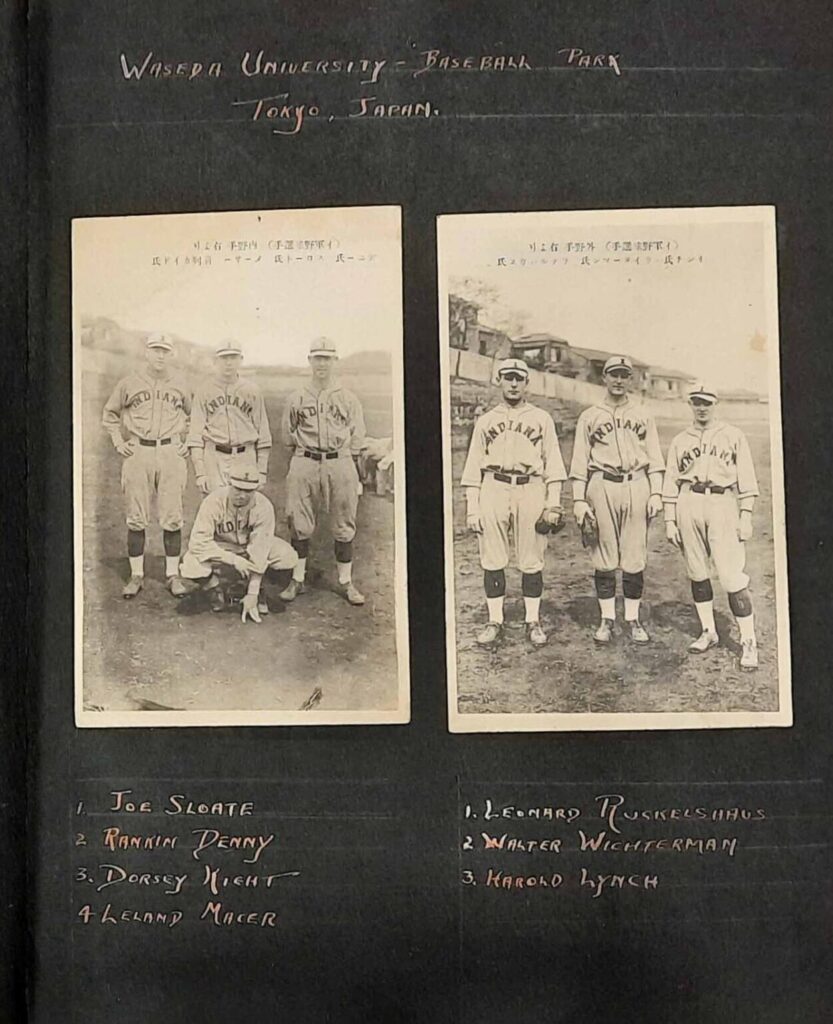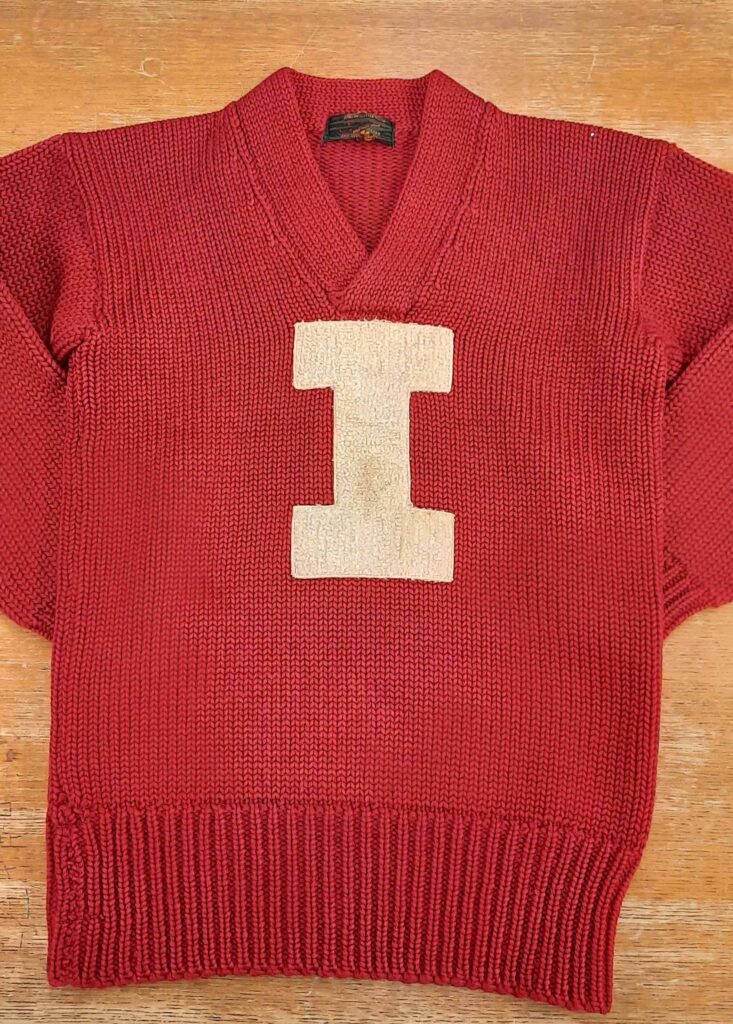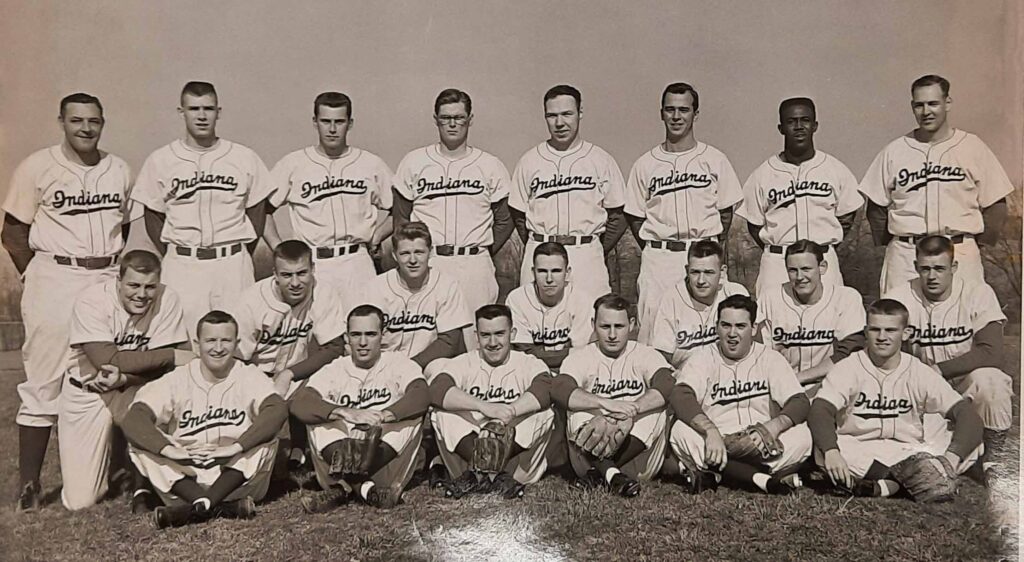As a graduate student with both specializations in Music Librarianship and Archives and Records Management, I am fortunate to study at an institution that prides itself on maintaining and preserving records not only from its history, but from culturally diverse and historically significant events as well. This semester, I had the opportunity to work as an intern at the IU Archives under the supervision of the Outreach and Public Services Archivist, Carrie Schwier and Archives Director, Dina Kellams. The ability to get lost in the boxes containing the university’s history allows me to forge a deeper connection with IU history, the campus, and the community.
When one thinks of an archives, perhaps it conjures to mind images of dark basements, dusty books and boxes, cobwebs clinging to the rafters and tall bookcases, and the archivists who swear their lives to protect the secrets of the universe and lock away the true meaning of life. Of course, that is not always the case, the IU Archives is actually located on the 4th floor of Wells Library and not in the basement. And while the archivists do protect the secrets of the universe, their biggest priority is providing access. It is of the utmost importance that while collections are being collected and preserved, they are able to be used by researchers and made available and accessible to the public.
Archives house primarily paper records but also hold items such as books, photographs, music, posters, clothes, and sometimes objects! But once we have access to these materials, how do we properly utilize them to fully incorporate them into our research? At the end of February, Carrie and I combined forces to teach a 75 minute undergraduate History of Baseball class of about 50 students about archives and its value for their research. When I was an undergrad myself, I had the opportunity to give a brief introduction to archives to another undergraduate class, but this was my first teaching experience in which I had to give that introduction, create an activity, and lead a discussion. It was nerve-wracking, to say the least, but I was excited to take the lead and hopefully instill a new interest in archives for some of the students.
For the activity, Carrie and I selected items from collections pertaining to the history of baseball at IU and I chose to focus on the stories of Leonard Ruckelshaus and Eddie Whitehead. Ruckelshaus was a member of the IU baseball team who had the opportunity to travel abroad to Japan and compete against the Waseda University team in 1922. His collection includes his handwritten diary of the trip, his personal scrapbook, photographs, and his team sweater.


Eddie Whitehead was the first African American to play on the IU baseball team in 1956. The team did a tour through the South in which Eddie was not allowed to play, eat, or stay with the team in their accommodations.

For the “Think-Pair-Share” activity, I split the group into two teams and within those teams, two groups. Each group was given 4-6 items that represented one side to the story; for Ruckelshaus, it was the student vs chaperone/administrative perspectives and for Whitehead, it was his perspective vs the administrative and public reaction, which included a highly offensive and deeply racist letter. Each mini-group would have to “think” and ask questions about the items that the other mini-group would (hopefully) have the answers to, and together they would “pair” up back together to create the full story. At the end, they would “share” what they found with the class and be open for discussion. Because of the class size (neither the IU Archives or Wells Library has a classroom space to hold 50 students), after about 35 minutes the students swapped to another room in the Wells Library for a second activity lead by Carrie and vice versa. I then repeated the activity with the second group of students.
Upon reflection, there were a lot less dead eyes, slack jaws, and crickets chirping than I had originally anticipated, which I consider a complete success! The students were engaged, not only with me, but with each other and with Mary Mellon, the Digital Archivist, who was with me in the classroom for physical, mental, and spiritual support. They asked questions and challenged what they saw, some were curious and found small little things that they just thought were cool. The goal of the activity was to show that when participating in archival research, there is so much you can glean from beyond the physical item itself. There are questions that need to be asked and answered and history to be contextualized that can bring a deeper meaning other than “this is a letter.” And with those questions and answers, you create a sort of paper trail that will lead you down new avenues of your research. I hope the students walked away with at least a small seed of inspiration and understanding for their future projects and how archives could be used. After teaching the class, I found myself rather enjoying the aspect of not only interacting with the collections in that way but telling people about them as well! There are so many untold stories, and so much tea to spill, as it were. My biggest enemy was my running out of time, but I’m sure improving that skill only comes with experience and practice, which I certainly hope I’ll have much more of.
Leave a Reply